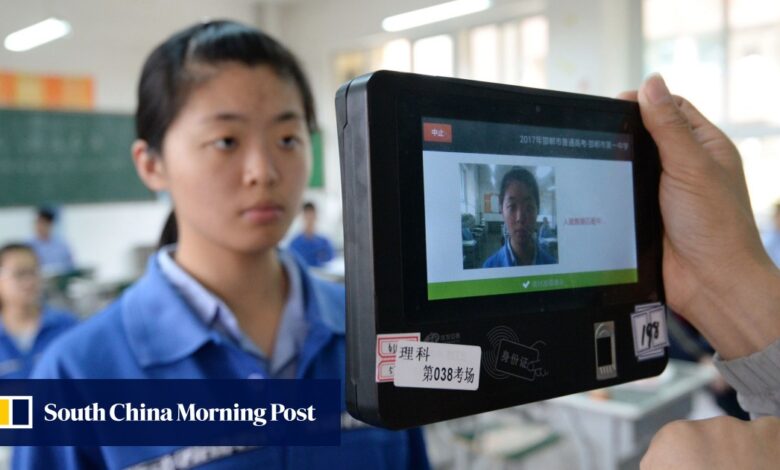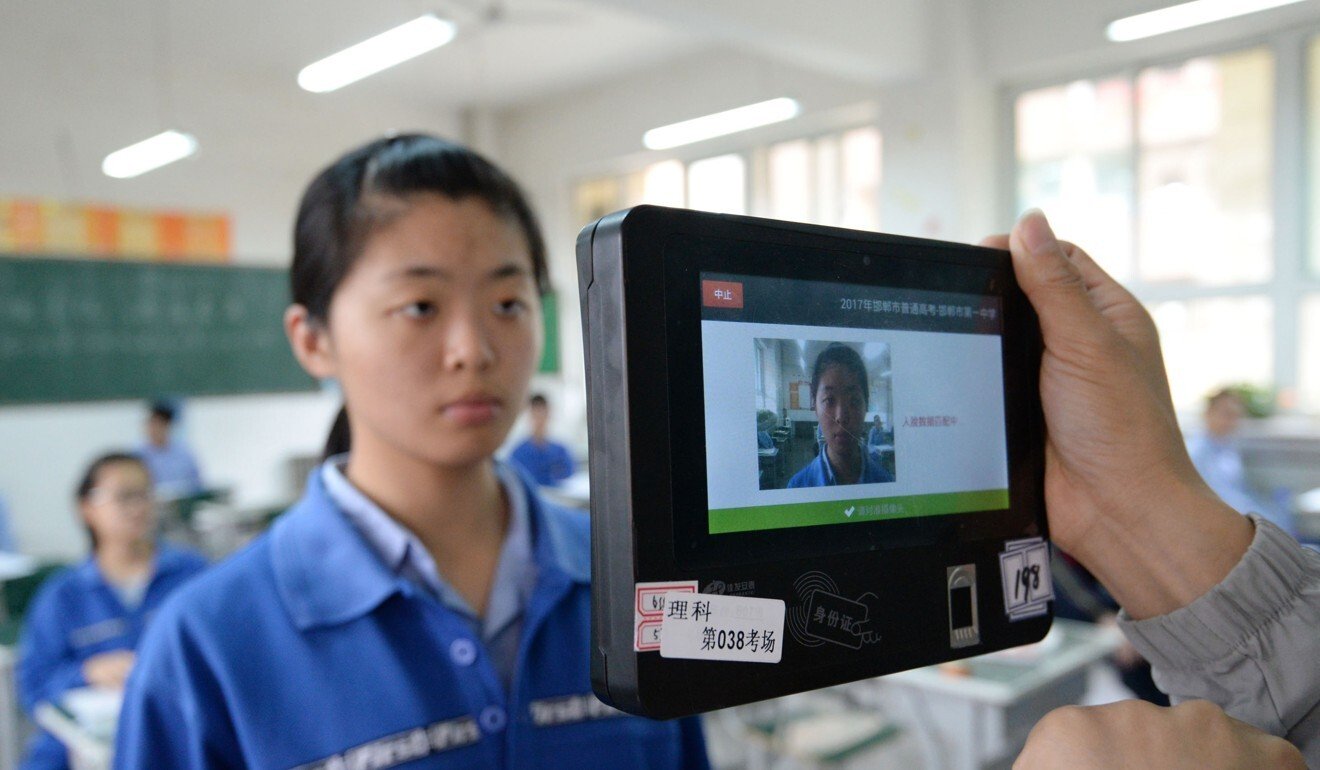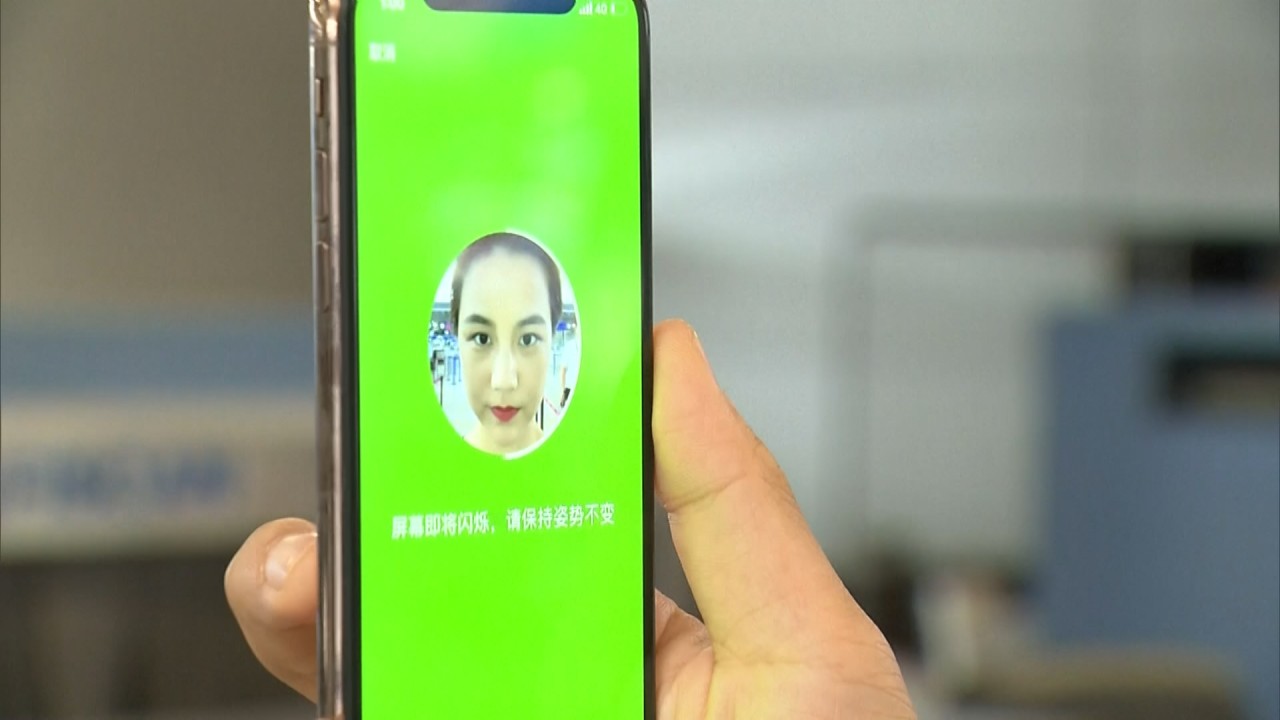Facial recognition is used in China for everything from refuse collection to toilet roll dispensers and its citizens are growing increasingly alarmed, survey shows


00:59
China’s facial recognition technology identifies people wearing masks amid the Covid-19 epidemic
China’s facial recognition technology identifies people wearing masks amid the Covid-19 epidemic
“Traditionally the emphasis on privacy and personal data protection among Chinese citizens has not been as high as their counterparts in other jurisdictions,” said Catherine Zheng, a partner at law firm Deacons. ”Despite [this] Chinese citizens are sceptical towards the misappropriation of sensitive personal information for unethical commercial practices.”
Zheng added this was the reason the Ministry of Industry and Information Technology (MIIT) published a notice in July last year with a view to combating how users are often deceived with regard to the use of their personal information.
Rising concern over the increased use of facial recognition in everyday life puts Chinese citizens in line with many people in the West, where there has long been resistance to the frictionless identification technology.
San Francisco, a city close to America’s technology revolution, banned the use of facial recognition software by the police and other agencies in 2019 after civil liberty groups expressed unease about the technology’s potential abuse by government.

02:35
Meet the founder of Megvii, one of China’s most ambitious AI startups
Meet the founder of Megvii, one of China’s most ambitious AI startups
Meanwhile, the US added Chinese facial recognition start-ups SenseTime, Megvii and Yitu, as well as video surveillance specialists Hikvision and Dahua Technology to its trade blacklist in 2019 over their alleged surveillance role in Beijing’s treatment of Uygur Muslims and other predominantly Muslim ethnic minorities.
In China, facial recognition cameras have found their way into offices to clock employees into work while the technology is also used to screen people entering or exiting education campuses and subway stations.
Government agencies have also used facial scans for identity verification purposes, such as income tax declarations, inquiries about pension funds and even online traffic penalty payments.
Along with public surveillance, this widespread use of facial recognition has contributed to China’s position as the world’s second-largest market for video surveillance cameras, according to a July report by research firm IDC.
Many analysts have said the country lends itself to early adoption of the technology due to its large population and the existence of massive, centralised identity databases.

The Beijing News Think Tank survey also found that 51.42 per cent of respondents felt like they were forced to use facial recognition.
The main reason for the negative views on facial recognition given by respondents was mistrust of third-party facial recognition vendors. In the survey, 53.28 per cent of respondents said that they believed facial recognition abuse was very common.
Personal information and data leaks topped concerns (96.14 per cent) with privacy the second-largest issue (90.97 per cent). High numbers of respondents also said they support strengthening legal protections against facial recognition abuse.

01:13
Flight check-in using face identification starts at over 200 airports in China
Flight check-in using face identification starts at over 200 airports in China
Some analysts, however, have noted that the draft is vague in framing business compliance and that penalties are relatively light.
Aside from the survey, Beijing News Think Thank also published an evaluation of 78 popular apps for facial recognition use. The research found that 46.27 per cent of apps that support facial recognition features do not explicitly require consent from users.
Instead, the apps usually request permission to access facial data along with other user information within the general privacy policy. The apps used facial recognition for login and authentication.
Source link

